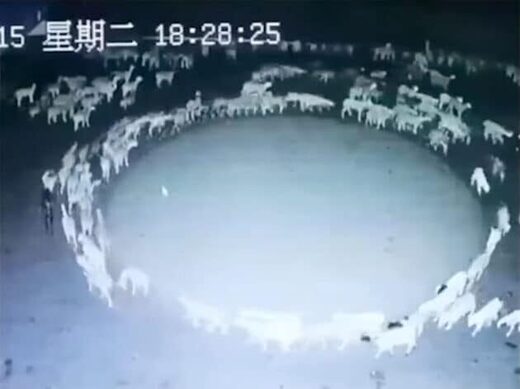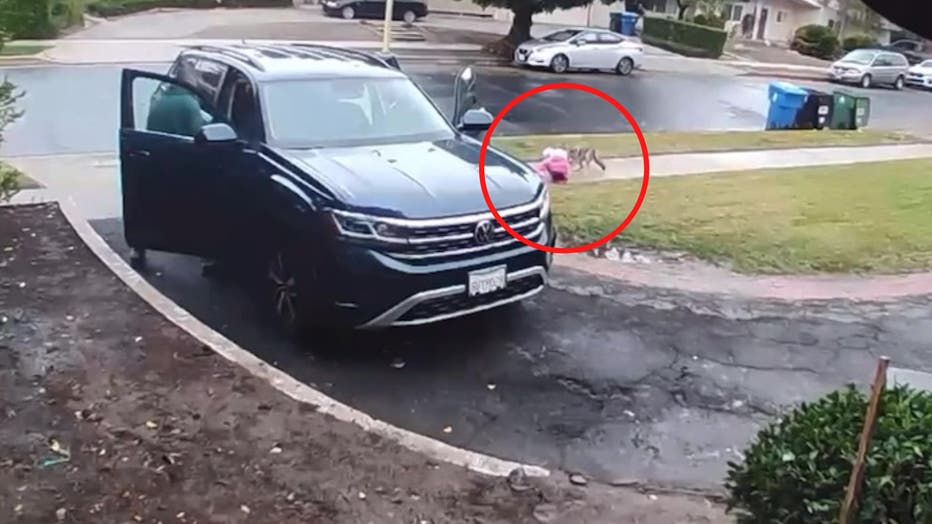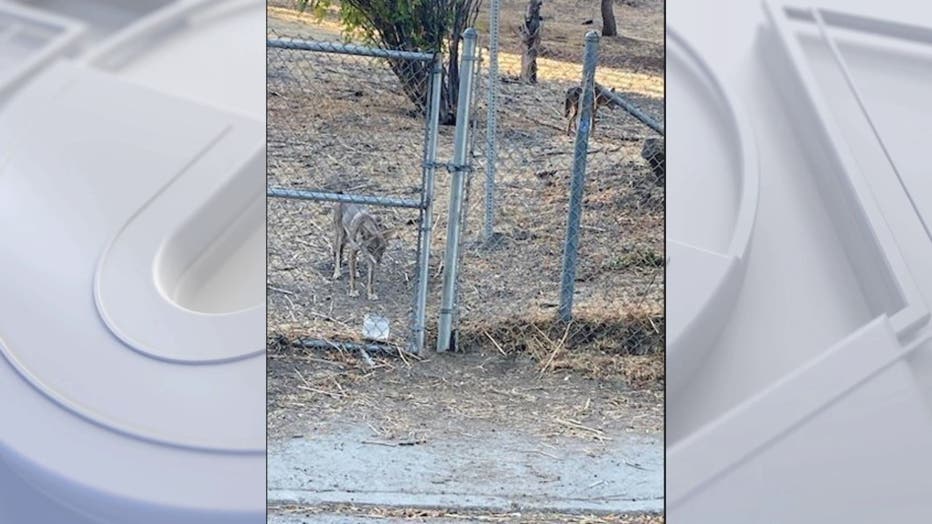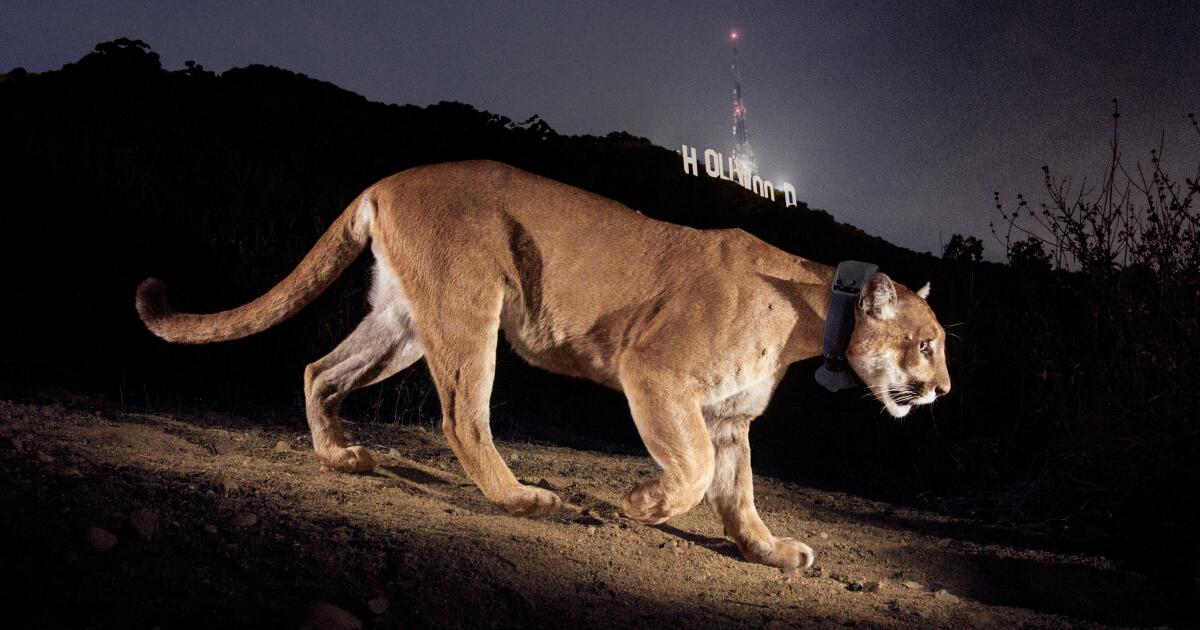ANIMALS OF ALL KINDS CIRCLING..
under two minutes - compilation of animals circling ..

Animals of all kinds circling
This is a frequency thing. ELF. The same kind of low frequency that precedes an earthquake. In this case, A RATHER LARGE ONE. Footage proves is ants, birds, antelope, sheep, cows, bulls, all across a belt from Spain to Eastern China.www.bitchute.com
********************************
Steven KING movie about human phone zombies circling ...2019
CELL , THE MOVIE .

an even longer version
ANIMALS MOVING IN CIRCLES ALL AROUND THE WORLD

Animals moving in circles all around the world
www.bitchute.com
Reminds me of ants doing something (apparently) similar:
My curiosity was piqued by the mention of ants in a circle, so I looked it up. Here's a video of it and an explanation that may or may not be accurate.
In the following German article (machine translation) the guy checked some of the claims such "that it is now happening all over the planet". He concludes that some of the recently surfaced videos were made years ago and that the phenomenon is known for decades. IMO it is certainly an interesting phenomenon though, and I'm not sure if we can say one way or the other if it has increased or not (could be IMO). Also, in one video, that was recently published, the people who made it (apparently from/in Mongolia) claim that those particular sheep are doing the circle thing now for 10 days on end:
GreWi fact check: Animals that run in circles
Andreas Müller
grenzwissenschaft-aktuell.de
Mi, 30 Nov 2022 18:44 UTC
Saarbrücken (Germany) - Since the beginning of the month, a video of a flock of sheep in Mongolia has been causing a stir, especially online. It shows how the animals have been walking in circles for more than 10 days. Other recordings of similar circling behaviour of other animal species are now being used suggestively to infer a current and global trend and a hitherto unknown and mysterious behaviour of the animals from the puzzling behaviour of the sheep in Mongolia. However, these claims do not stand up to an unbiased examination of the videos or the behaviour of the animals shown in them.
© unknown / Youtube
Still from the current video of sheep running in circles in Inner Mongolia.
The trigger for the current debate and speculation, as it is currently "going viral" on social networks, is a video that purports to show footage from a surveillance camera in Inner Mongolia. In fact, the footage shows the animals walking continuously in an almost perfect circle as if spellbound. The owner of the herd also explains that the animals have been behaving in this way for more than 10 days, sometimes without stopping. Chinese and international media also claim that the sheep are otherwise healthy, but that the behaviour is a mystery.
- While the footage itself seems authentic at first, the claim that the animals have been practising this behaviour for many days cannot be independently substantiated.
It did not take long before more footage of supposedly similar, but not always abnormal, animal behaviour appeared from other countries. Sometimes it was sheep, but in other cases it was other types of animals from cows to reindeer to insects like ants.
While the other pictures are also authentic and undoubtedly show an astonishing behaviour of these animals when they also run in circles en masse, a mixture of facts with unsubstantiated assumptions already begins here, which not infrequently end on the one hand in the assertion that all these events are almost simultaneous and current incidents, and on the other hand the pictures are paired with the assumption, based on this assertion, that the animals are currently sensing something approaching, a major event up to a huge global or even catastrophe. Some authors even speak of biblical signs. Three examples of many of these narratives can be found HERE, HERE and HERE.
In reality, none of the recordings currently circulating in the truest sense of the word has anything directly to do with any of the others. In fact, most of them are several years old and show well-known, understood and well-documented phenomena from the behavioural diversity of different species that run in circles in certain situations, sometimes for different reasons.
For example, the images of reindeer running in circles, which are often used in the current context, are anything but current and were already shown three years ago in the following "Nature on PPS" documentary. In the documentary, the phenomenon known as the "Reindeer Cyclone" is not only vividly described, but the behaviour of the animals is adequately explained as a defence strategy of the animals - a behaviour that is similar to that of schools of fish and which, moreover, has also been known and described in reindeer for centuries:
Something similar applies to the so-called "death spiral", in which some ant species catch themselves when they follow the pheromone trail of their conspecifics and, by crossing these trails, get into said death spiral, from which they can no longer escape until they die of exhaustion. This phenomenon has also been known and researched for decades and has been captured on video many times:
When Ants Walk in Circles
© Christopher Hogg
Sheep circle in East Sussex, photographed on 26 March 2021.
A "sheep circle" from East Sussex in England (see image) also does not have much in common with the current recordings from Inner Mongolia: for one thing, it was already observed in March 2021, and for another, the animals here stood in a circle and did not wander around for days on end. Similar behaviour was observed in Hertfordshire as early as 2012 and was probably due to the farmer using a vehicle to spread food in the said form.
What is indeed unusual about the current behaviour of the animals in Inner Mongolia is the described (but unverifiable) duration of this behaviour of allegedly more than 10 days.
The animal protection organisation "Peta" and states the following in this regard:
The trigger for the apparent behavioural disorder has not yet been clearly clarified, - but possible causes are being discussed worldwide: The animals could suffer from a bacterial disease called listeriosis, which can cause neurological disorders.
Symptoms of the disease, also known as "circling disease", include a lowered head posture and drooping ears, as well as turning and "manoeuvring" movements. These could explain the sheep's circling.
Agricultural scientist Matt Bell of Hartpury University in England sees the cause elsewhere: the strange behaviour could also be due to serious abuses in sheep farming - as a result of an acute lack of space. Animals that are crammed together for a longer period of time are frustrated and therefore often start running in circles.
Such behavioural disorders are also called zoochosis. They often occur in wild animals in captivity, but so-called farm animals can also develop such behaviours. Bell explains the fact that more and more animals have joined the circle this way: "Since sheep are herd animals, they join their friends."
Whether such circumstances explain the behaviour of the sheep in Mongolia, whether it is a protective behaviour or whether another explanation must be found, on the other hand, is also difficult to judge at present, as an independent investigation of the animals and husbandry circumstances seems unlikely.









